
Building... traditional residential space
Giang's hometown is in Trung village (Ngoc Chau commune, Tan Yen district, Bac Giang province), the hometown of the hero Hoang Hoa Tham (1858 - 1913). He returned to his hometown and established Viet Phu Linh Giang, about 500m from the memorial site of the famous person Hoang Hoa Tham.
He has turned his residence into an eco -tourism area and a place to display antiques he has collected over the past few decades for friends and visitors to admire.
Linh Giang Viet Palace is a complex of typical ancient houses in the Northern midlands. The space with ponds, pavilions, perennial gardens, restaurants... is enough for friends and visitors from afar to visit De Tham's hometown to have a place to rest, sightsee and visit his collection of antiques.

Giang built a wooden house with 3 rooms and 2 wings, roofed with fish-scale tiles. A horizontal house in the middle of Viet Palace, following the tradition of building houses and gardens of the local people, but on a larger scale and more impressive.
There, he displays antiques of ceramics, porcelain, wood, stone, bronze, farming tools, decorative parts, ancient temple architecture, cars...
The wooden house is also an antique with architectural and artistic value and is a place to "showcase" the traditional living space of the villagers in the Northern midlands. And everyone who visits is delighted.
Ceramic mosaic art
The most impressive thing for me, when I visited Viet Phu Linh Giang twice, was his “mosaic ceramic collection”. From vases, jars, pots, pedestals, basins, bowls and plates to tea sets made of ceramic from the Ly - Tran - Le dynasties of Vietnam, and porcelain from the Yuan - Ming - Qing dynasties of China… were brought back from all over and displayed in the wooden house.
Nguyen Long Giang also owns ceramics and porcelain - which people throw away - but have become unique artifacts in his collection. These are ceramics that Giang inlays on screens, shallow basins, flower pots, horizontal lacquered boards, wooden doors... and "inlays" on hundreds of years old ceramics.
The art of ceramic mosaics on architecture appeared in Hue around the Minh Mang Dynasty (1820 - 1841). We often see it on architectural works inside the Imperial Citadel such as Thai Hoa Palace, The To Temple, Duyet Thi Duong, especially on the temple gates of Trieu Mieu, Thai Mieu, Hung Mieu, The Mieu...
The Nguyen Dynasty masons (ancient construction techniques) when building the foundations of palaces, temples, etc. in the Hue Imperial City, used ceramic pieces, mainly purchased from China, to decorate the outside of the architectural foundations. This method both concealed construction defects and kept the structure bright, instead of just using mortar and having to be whitewashed every year.

They also used broken ceramic pieces to create landscape designs, characters, flowers, birds, animals, etc. to decorate the niches and ancient gates of temples leading to the temples of the Nguyen Dynasty kings.
The peak of the art of porcelain mosaic on Nguyen Dynasty architecture was during the Khai Dinh Dynasty (1916 - 1925), with typical works such as: Hien Nhan Mon, Chuong Duc Mon, Duyet Thi Duong (in the Imperial Citadel), Cuu Tu Dai (in An Dinh Palace), and especially Thien Dinh Palace (in Ung Lang - the tomb of King Khai Dinh), which many art researchers have likened to "mosaic of Vietnam".
Nguyen Long Giang has been to Hue many times to participate in the exhibition of antiques during the Hue Festival. He is interested in the ceramic mosaic art “mosaic of Vietnam” that exists on many relics in the ancient capital.
So when he returned to Viet Phu Linh Giang, he applied that art to decorate the architectural works here, increasing the value of broken ceramics, which people often despised and did not bother to collect.
Director of Bac Giang Museum Do Tuan Khoa said: “Mr. Giang is one of the few people who has a deep understanding of culture and has painstakingly collected many antiques reflecting the development periods of the country. Not only stopping at his personal passion, in his role as a member of the Vietnam Cultural Heritage Association and the Provincial Literature and Arts Association, Mr. Nguyen Long Giang also actively preserves and promotes the value of heritage, providing valuable information to researchers as well as donating antiques to the Provincial Museum”.
Recently, Viet Phu Linh Giang opened its doors to welcome students, students, and guests to visit, experience, take souvenir photos, and become a meeting place for antique enthusiasts nationwide.
Unique “mosaic ceramic collection”
While the art of “mosaic” in the ancient capital of Hue only inlaid ceramics on architectural parts made of lime mortar, at Viet Phu Linh Giang, ceramics were inlaid not only on lime mortar, but also on wooden and porcelain objects.

In addition, while craftsmen in Hue during the Nguyen Dynasty often used broken pieces for mosaics with the aim of making the construction more splendid and bright... Nguyen Long Giang "borrowed" decorative details with colored glazes from broken and chipped ceramics... Giang recreated them on other materials and other artifacts, in accordance with the original decorative designs, which I temporarily call the rebirth of hundreds of years old antiques. This is the unique feature of the "mosaic ceramic collection" at Viet Phu Linh Giang.
He recreated the designs of “mai hac”, “ngua qua cau”, “mai cai tho”, “song lan trieu tho” (two unicorns paying respect to longevity) which were very popular on Nguyen Dynasty porcelain and Chinese porcelain on the walls of the shallow basin. Giang also inlaid the designs of “Dong bich do thu”, “mai tuoc - song tho”, “long ma”, “mai dieu”, “long lan trieu tho” (two unicorns paying respect to longevity) and “lotus crab” on the screens in front of the main building.
The “lien diep” and “hoa dieu” designs on the Le - Trinh style porcelain were inlaid on the main door of the 3-room, 2-wing wooden building. He also created the Chinese characters “Duc Luu Quang” in porcelain and attached them to a horizontal lacquered board hanging in the antiques display house…
In particular, he meticulously separated every detail in the “praying mantis playing with clouds” design on a broken 18th century Chinese porcelain plate, to inlay onto the inside of a ceramic plate from the same period, reviving an artifact of artistic value but with an unfortunate fate…
Nguyen Long Giang’s feats in this “new style” of ceramic mosaic art have helped to revive broken ceramic items – often called “war invalids” by those in the profession – into unique, aesthetically pleasing, culturally valuable works of art. Thanks to him, these “war invalids” have a new identity and new value.
“No antique is worth throwing away. They just change from one form to another and still retain their value. It all depends on the collector.” That’s what Nguyen Long Giang told me when I visited Viet Phu Linh Giang and admired his unique “reborn” ceramic works on a late autumn day.
Source: https://baoquangnam.vn/nghe-chuyen-gom-su-tai-sinh-3142286.html



![[Photo] President Luong Cuong receives delegation of the Youth Committee of the Liberal Democratic Party of Japan](https://vstatic.vietnam.vn/vietnam/resource/IMAGE/2025/8/22/2632d7f5cf4f4a8e90ce5f5e1989194a)

![[Photo] President Luong Cuong attends special political-artistic television show "Golden Opportunity"](https://vstatic.vietnam.vn/vietnam/resource/IMAGE/2025/8/22/44ca13c28fa7476796f9aa3618ff74c4)
![[Photo] Prime Minister Pham Minh Chinh chairs the conference to review the 2024-2025 school year and deploy tasks for the 2025-2026 school year.](https://vstatic.vietnam.vn/vietnam/resource/IMAGE/2025/8/22/2ca5ed79ce6a46a1ac7706a42cefafae)


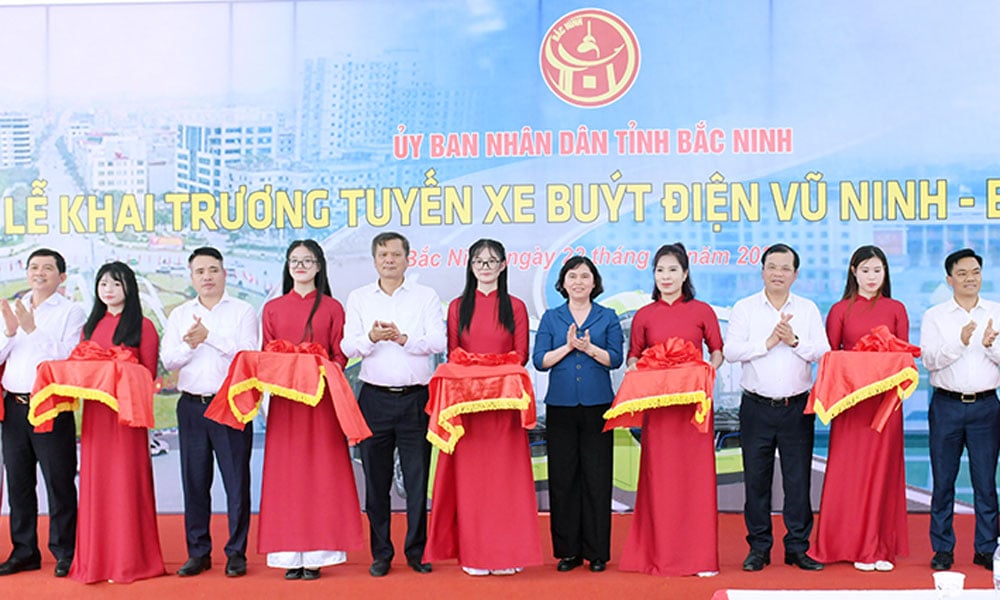

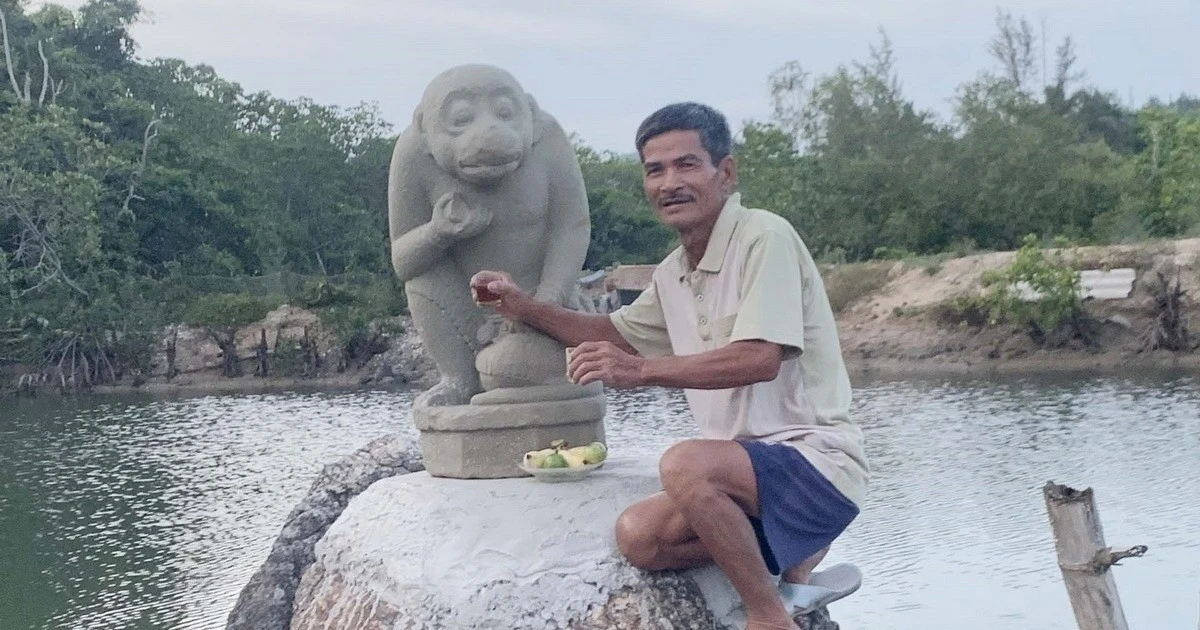





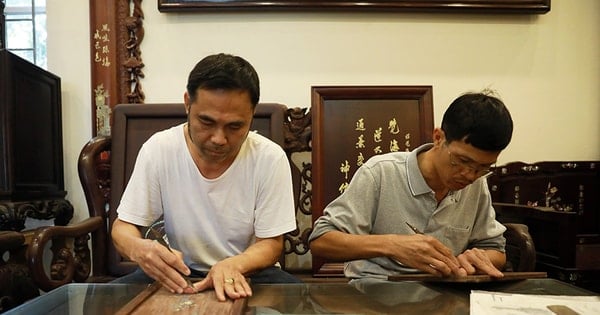





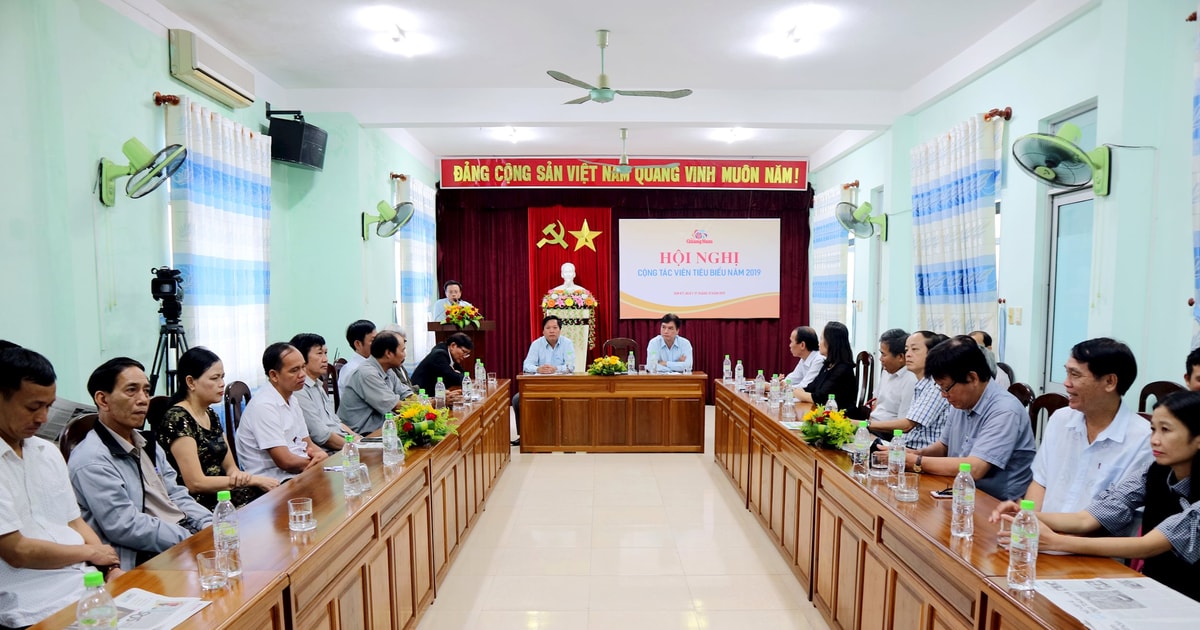
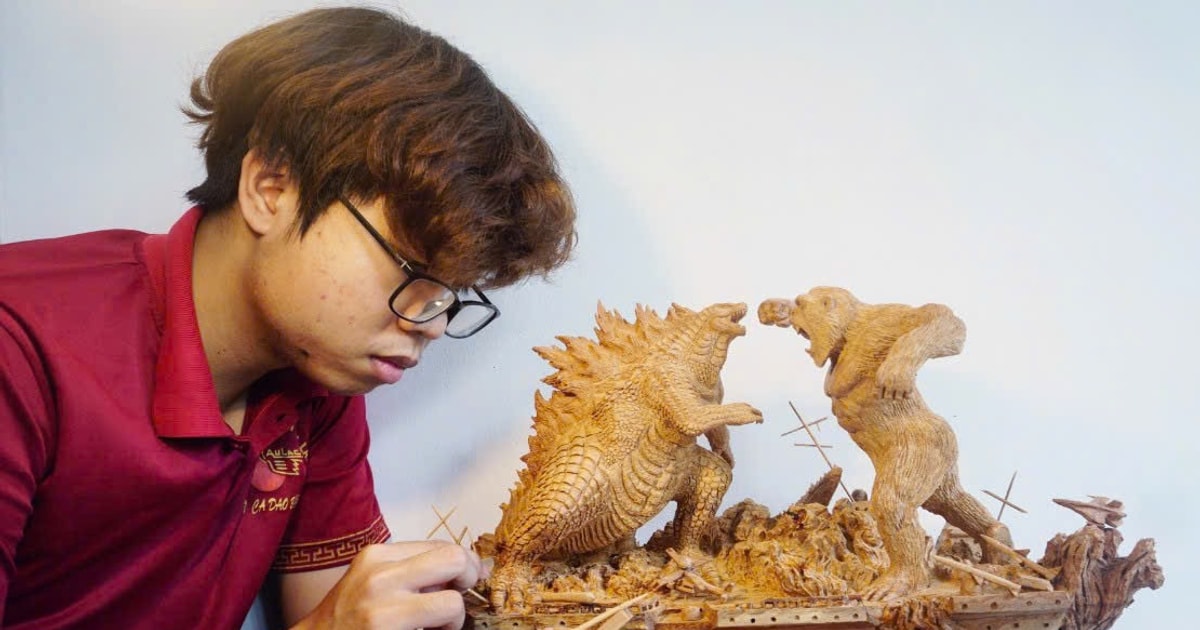






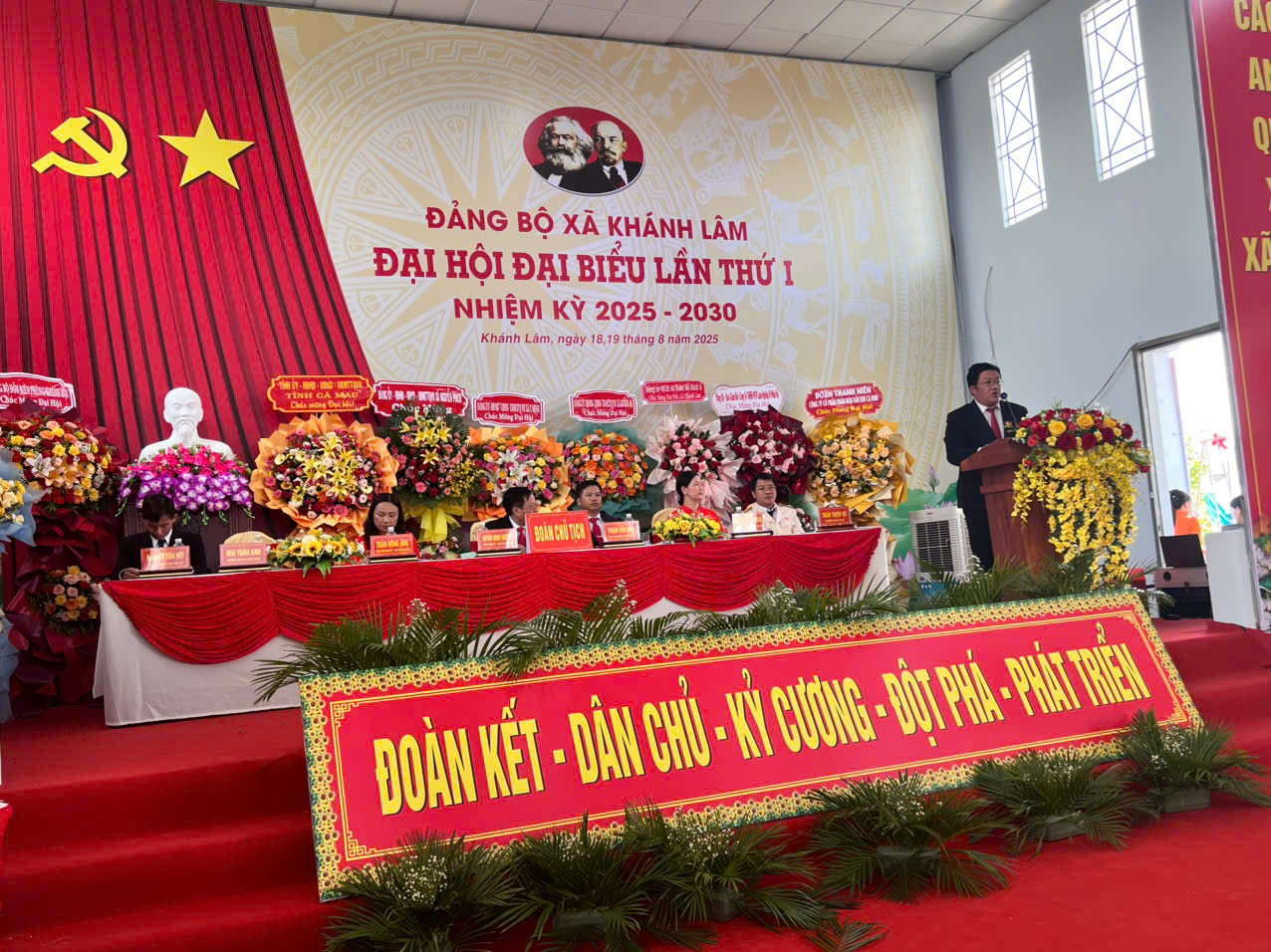
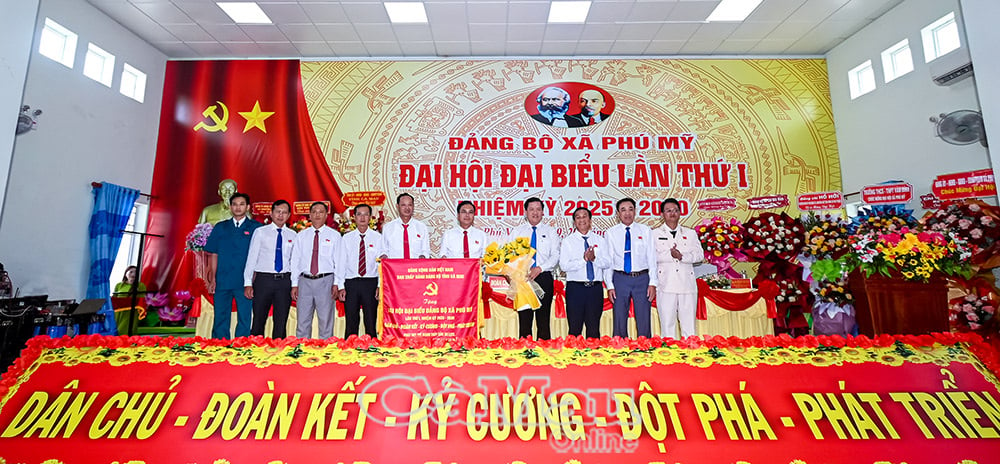
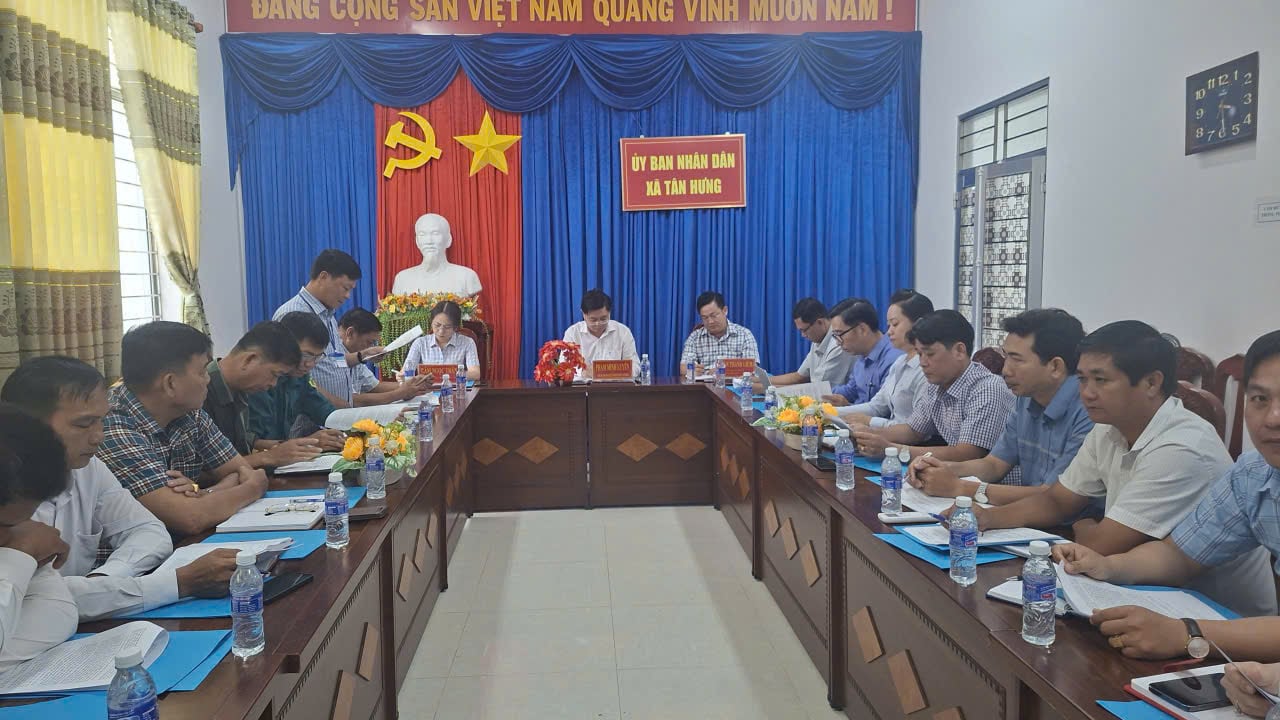
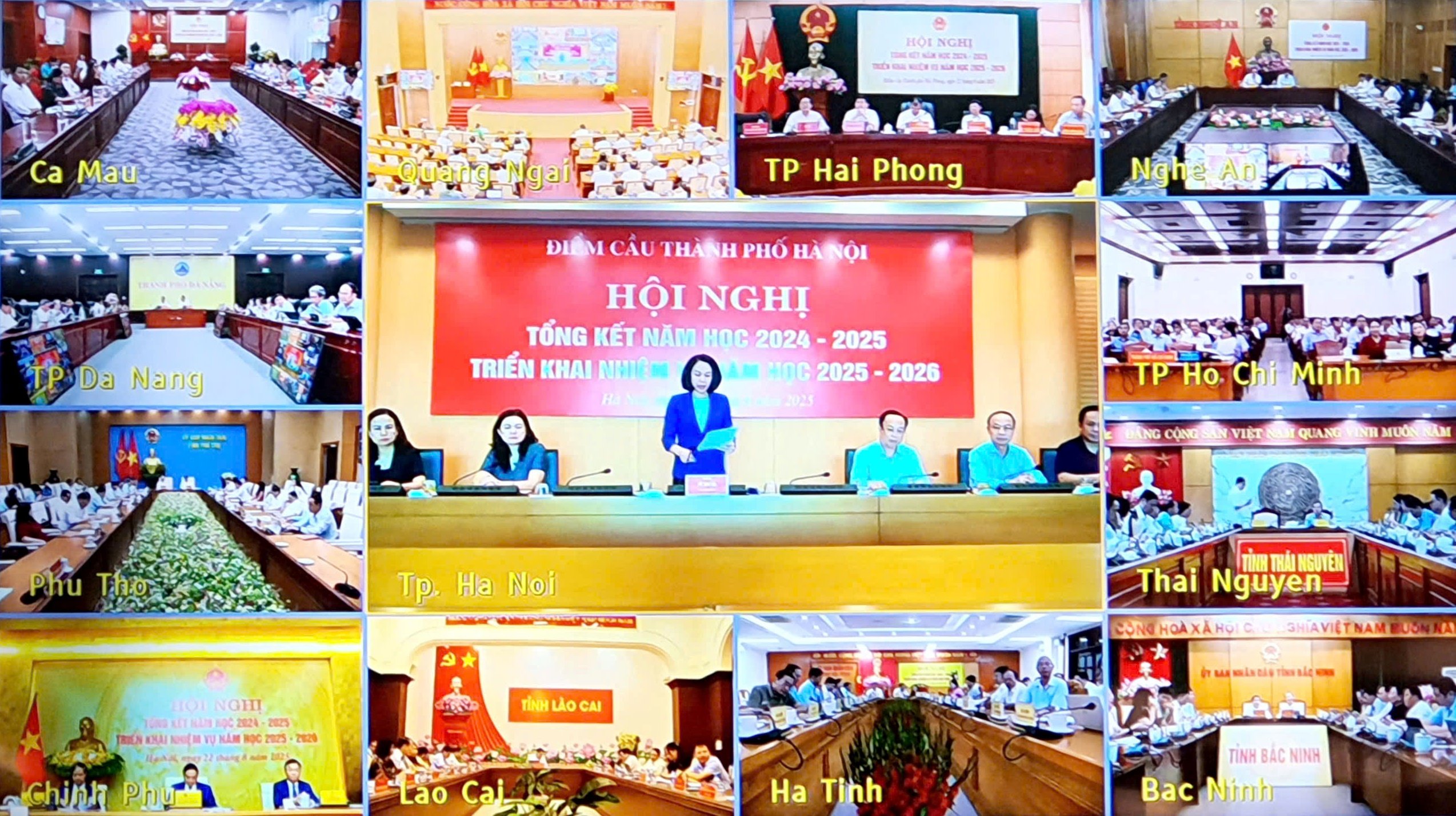
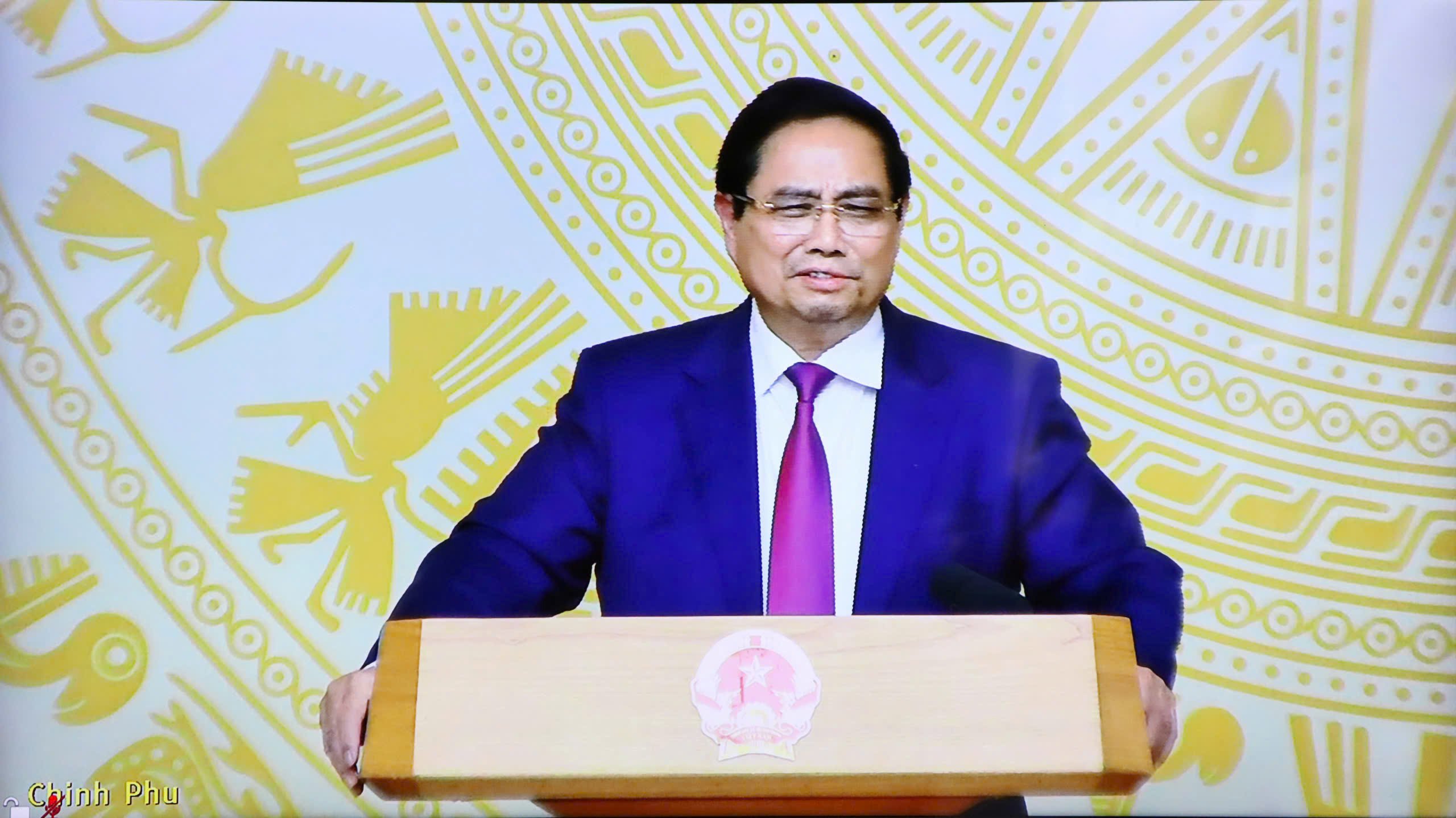
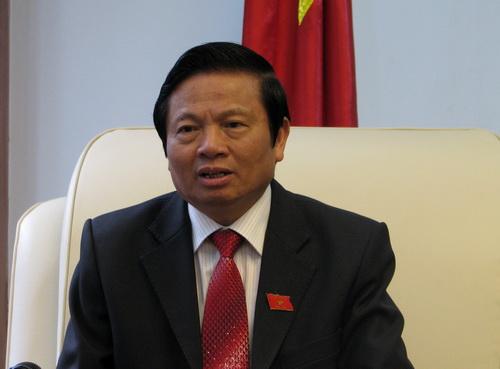


























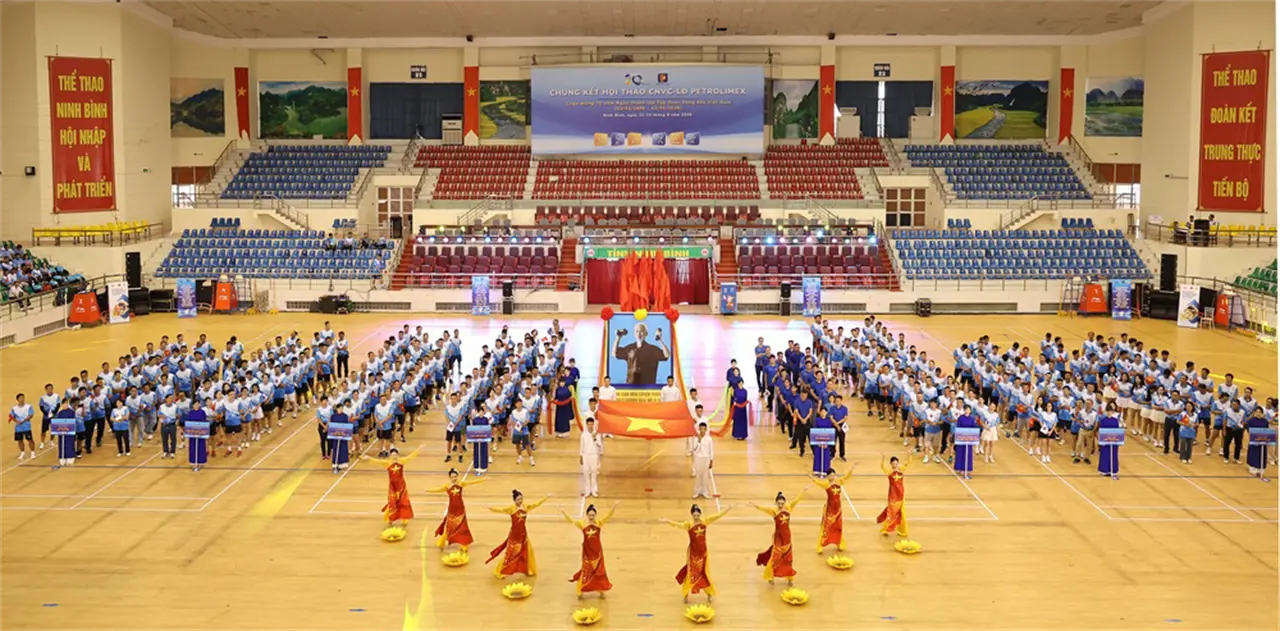







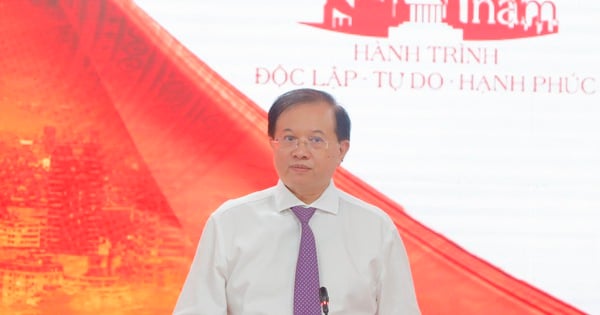

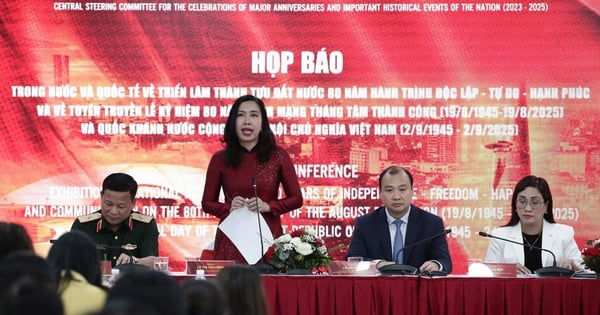
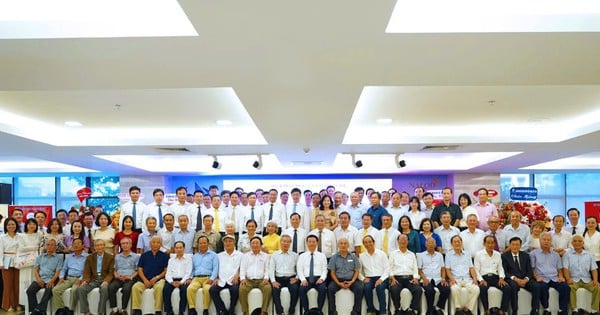

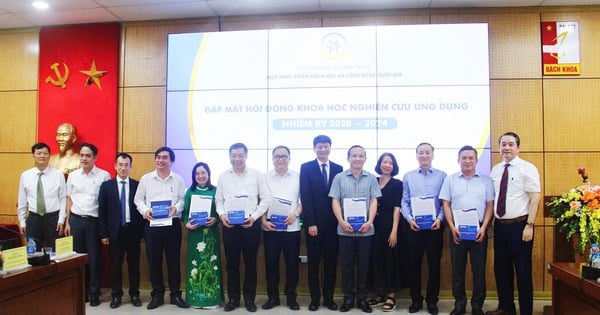

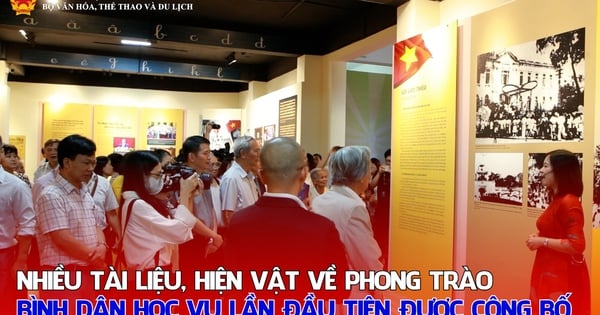
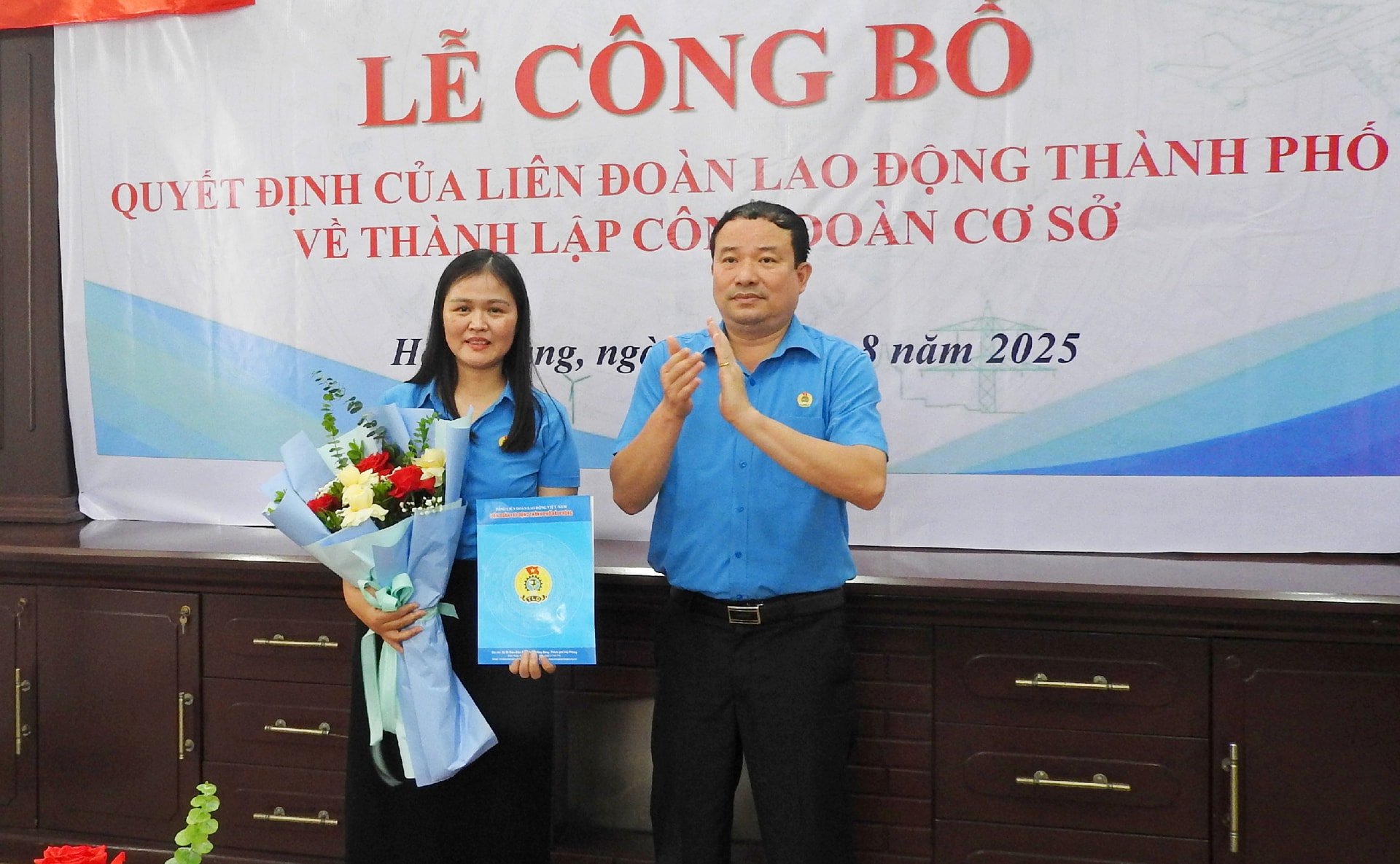

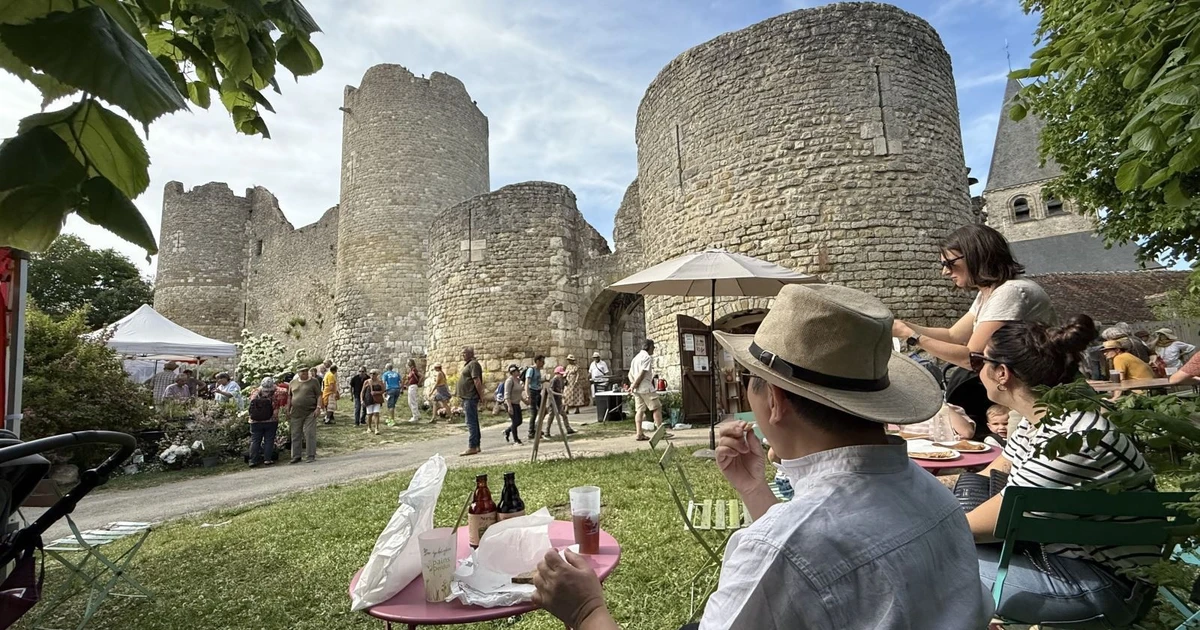

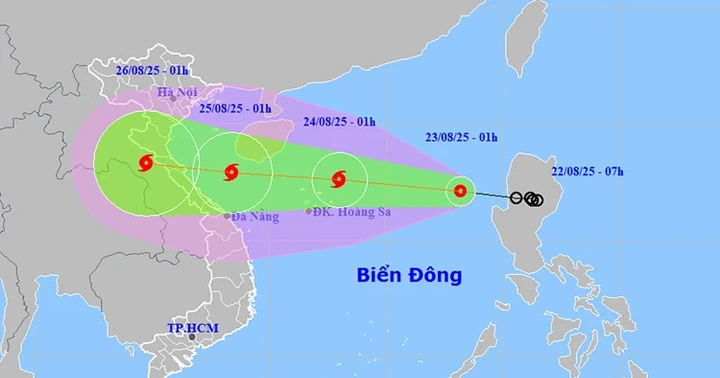

















Comment (0)